Facade Design
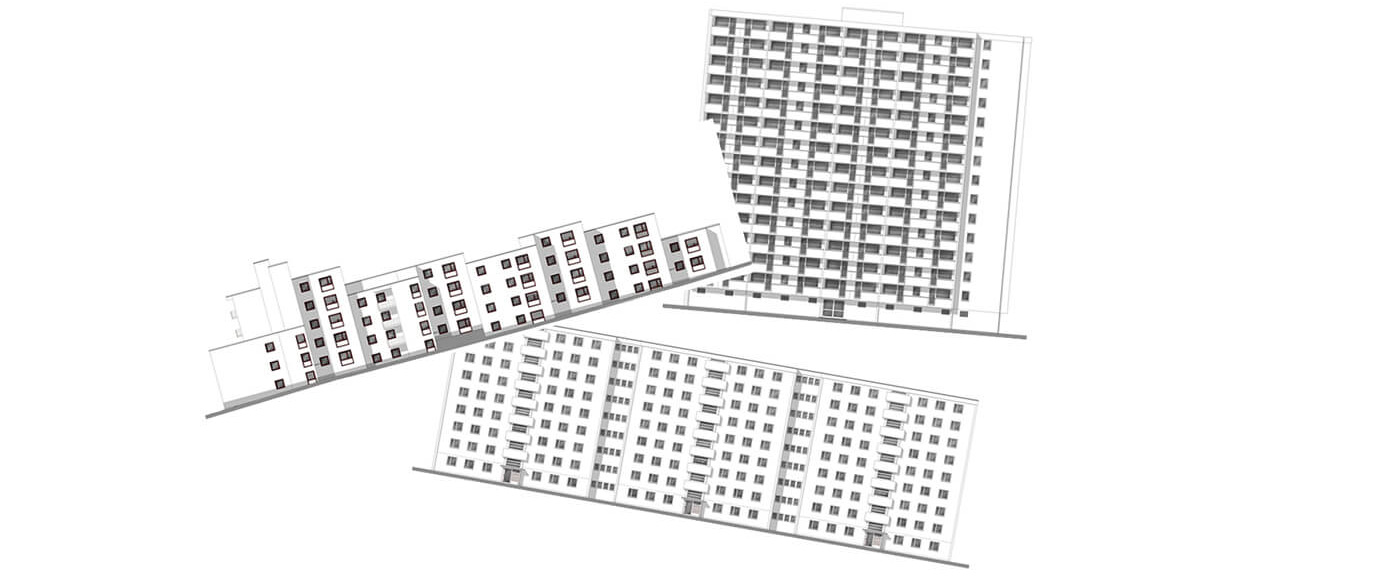
Drawings are waiting for creative colour ideas
Designing without restrictions is something that rarely happens in the life of a colour designer. There are always wishes and requirements that have to be met. These framework conditions usually form the framework that leads us to a design result. But what do we do if there are no limits? The ColorDesignStudio wanted to find out in a self-test. Three different types of houses were available for the experiment. Without preparation, very spontaneously, everyone set to work individually.
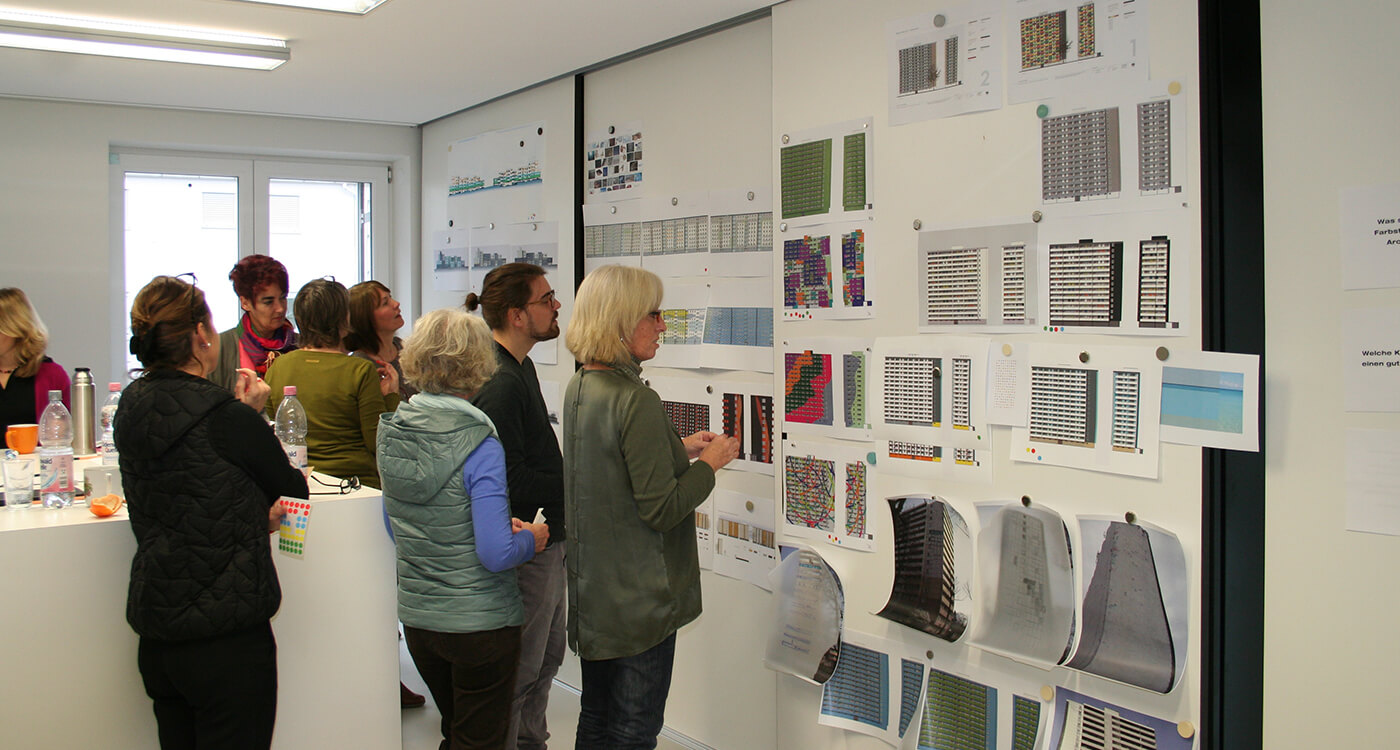
Three building types and completely different design approaches: the results led to controversial discussions
Three building types and completely different design approaches: the results led to controversial discussions
The results were fascinating. The spectrum ranged from proposals that were classic and functional to those that were very crazy and needed getting used to. A lively discussion arose. When assessing the design sketches, the question about similar or congruent design parameters arose. Can the presented ideas be grouped?
Sorting and filtering led to three design "directions":
1. Understatement: classic, functional, factual, structured architecture, subtle, relaxed
2. Succinctness: powerful, unconventional, emphasising architecture, special
3. Design: extraordinary, artistic, ignoring architecture, facade becomes a screen or second level
1970s residential building

Understatement

Understatement

Succinctness

Succinctness

Design

Design
High-rise building
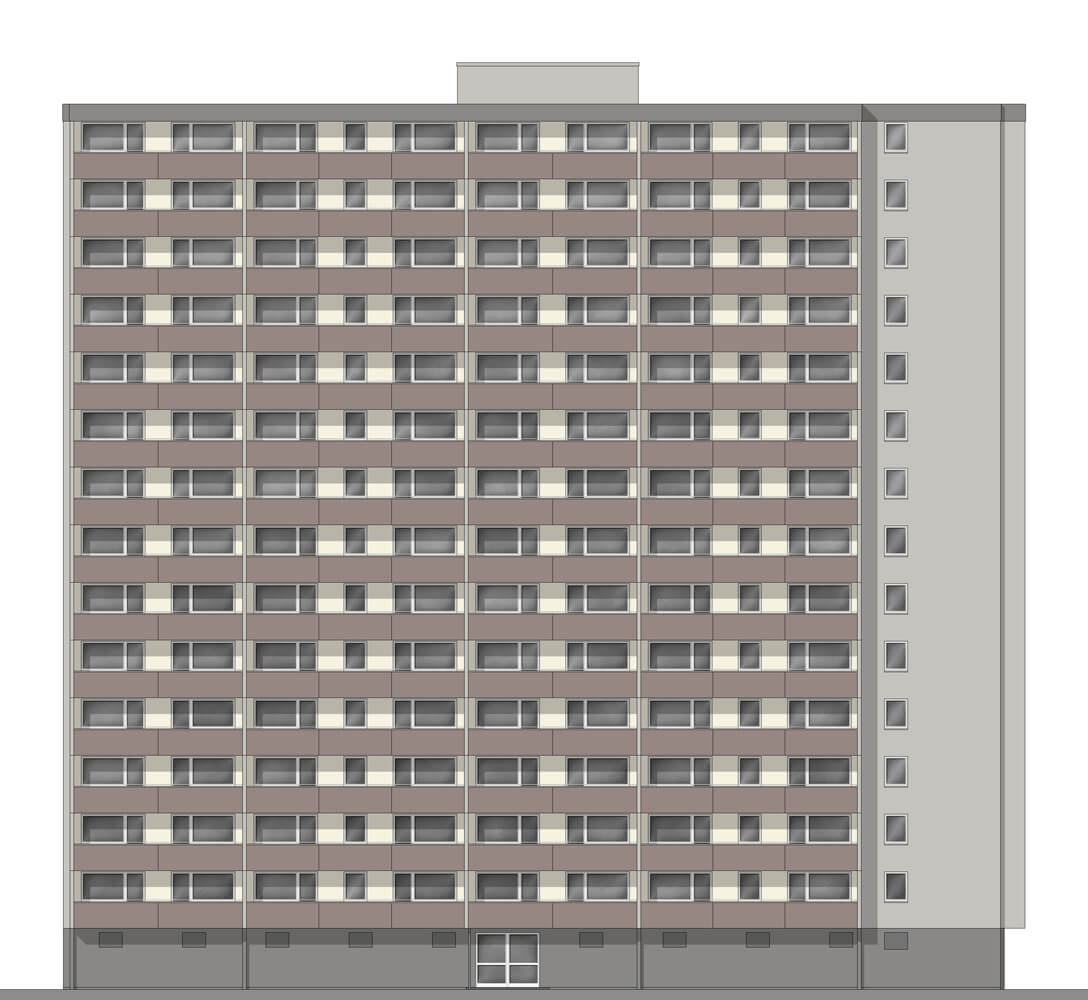
Understatement
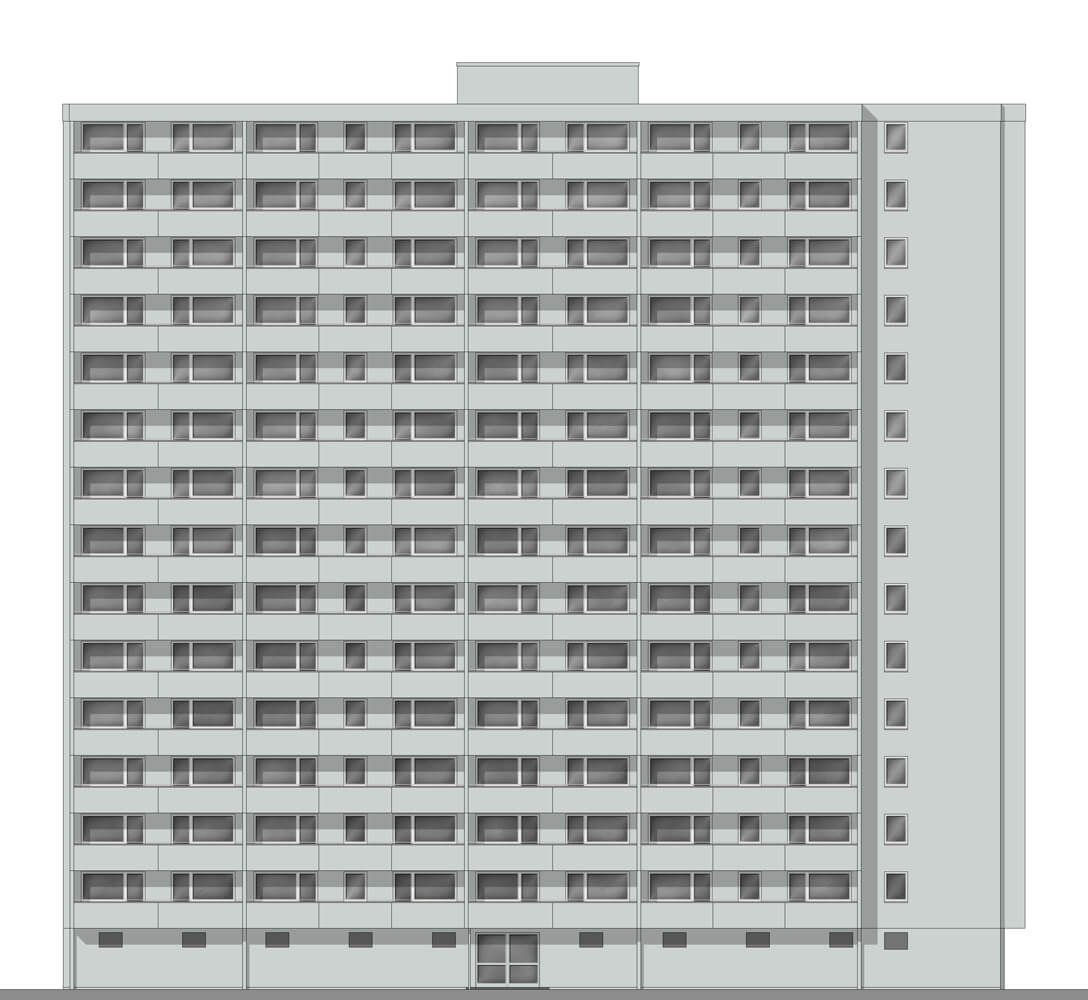
Understatement
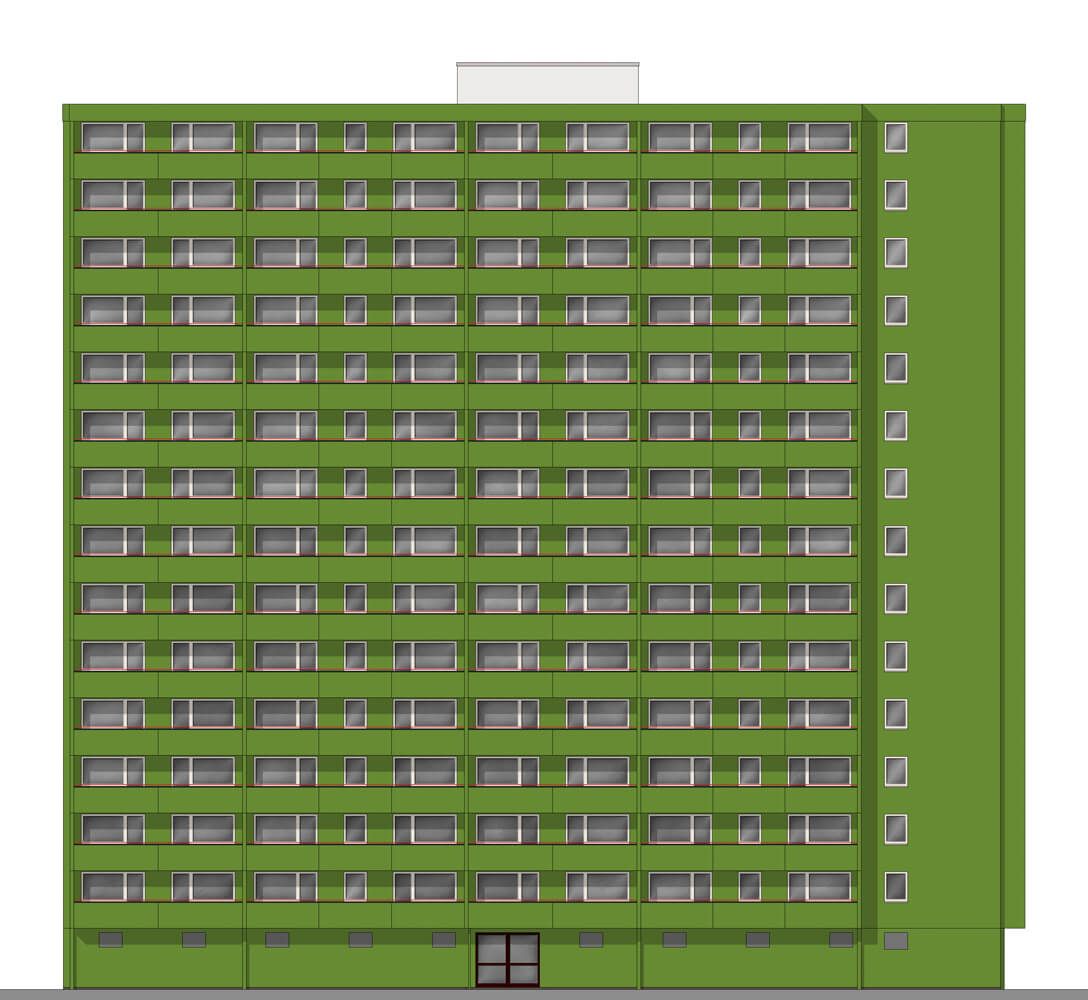
Succinctness
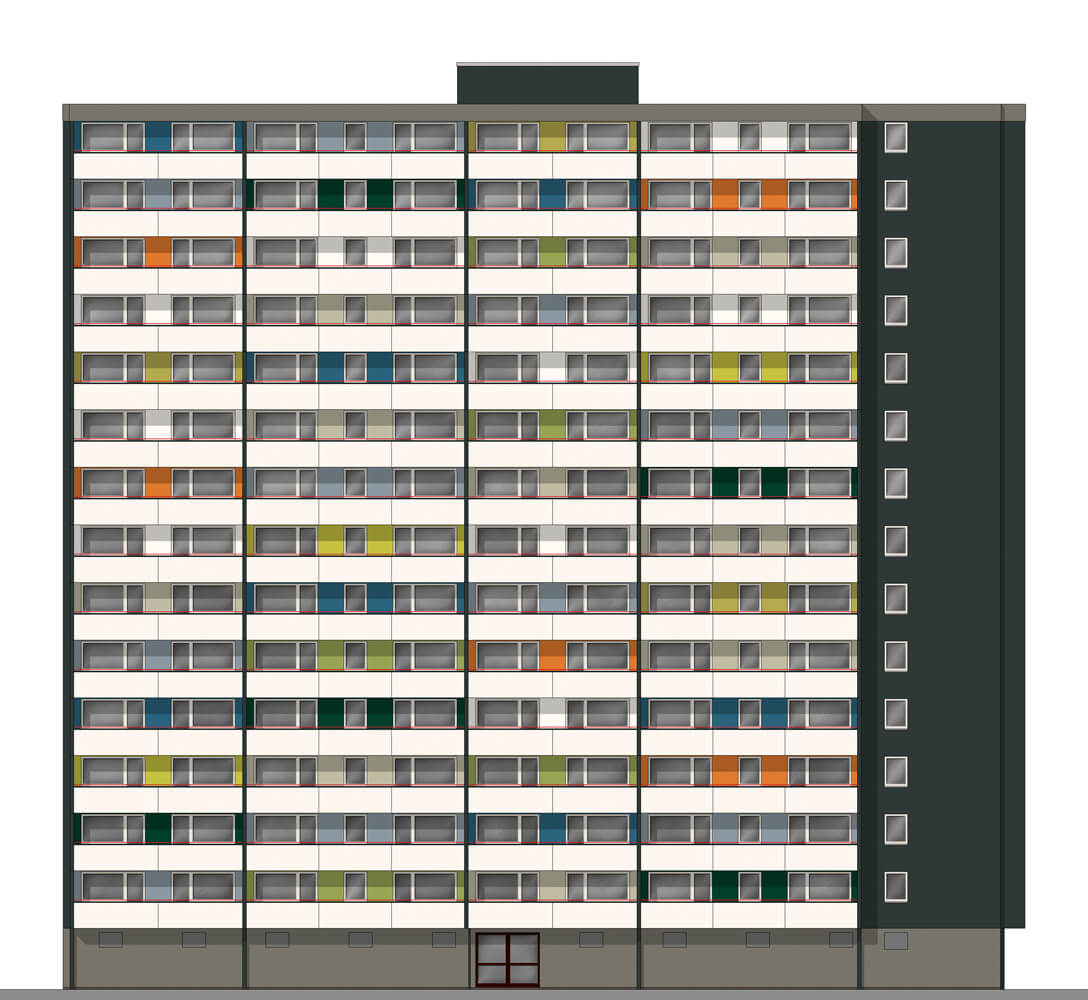
Succinctness
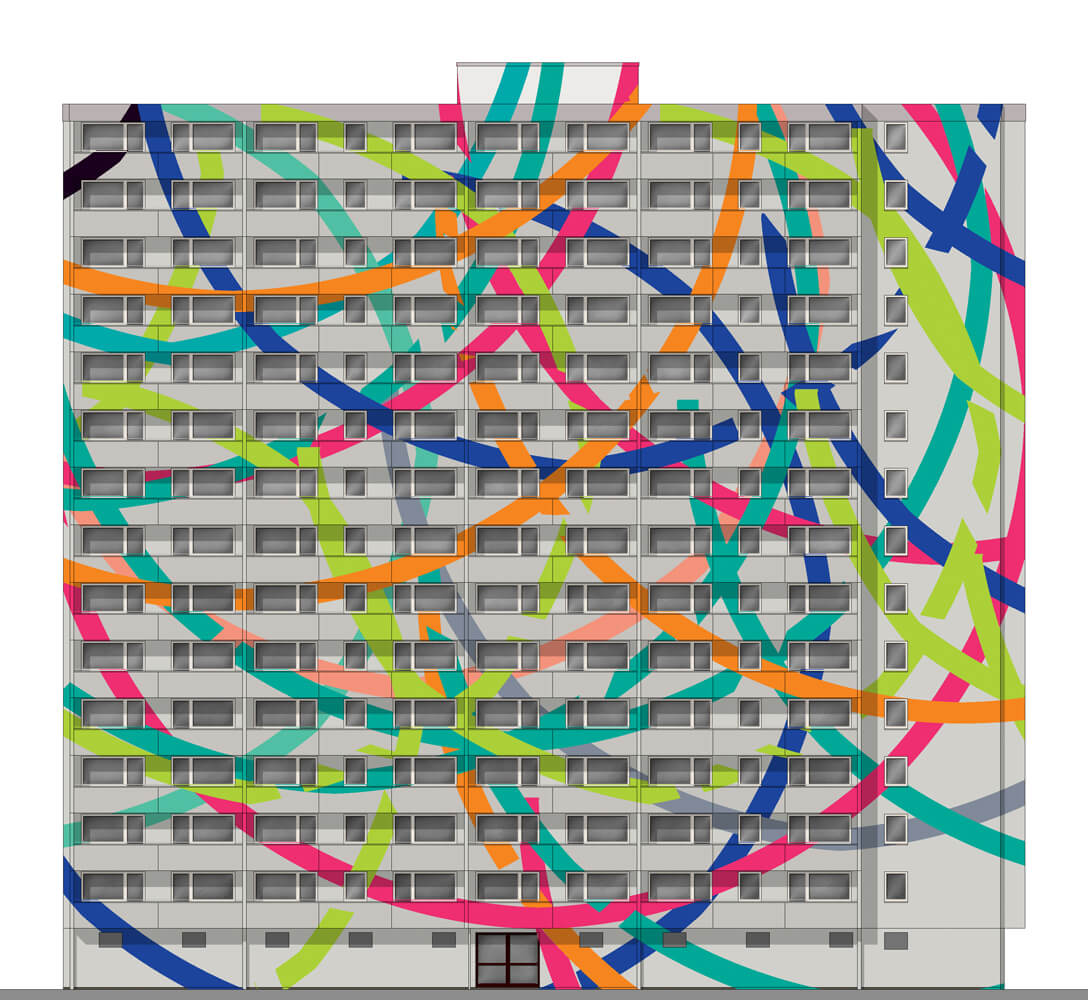
Design
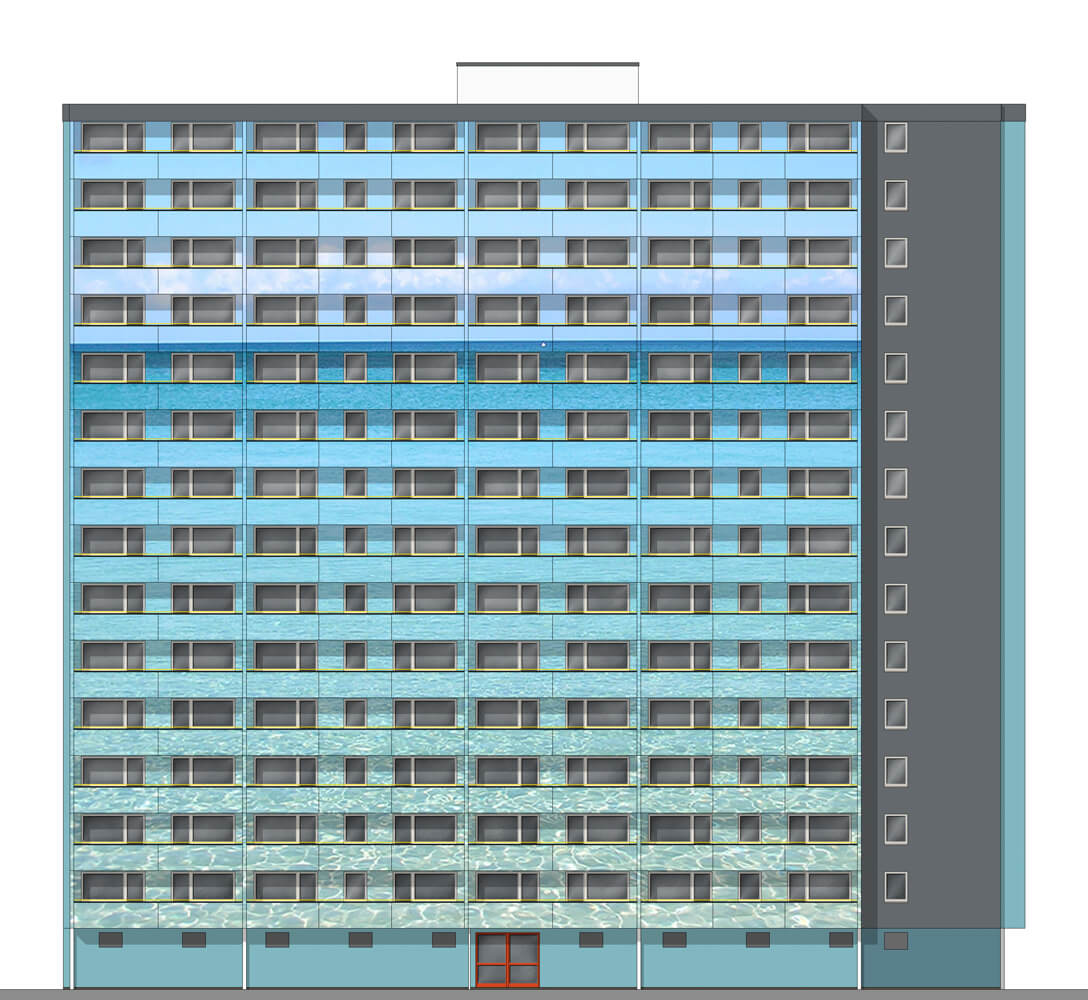
Design
Apartment block

Understatement

Understatement

Succinctness

Succinctness

Design

Design
What are the limits of creative freedom?
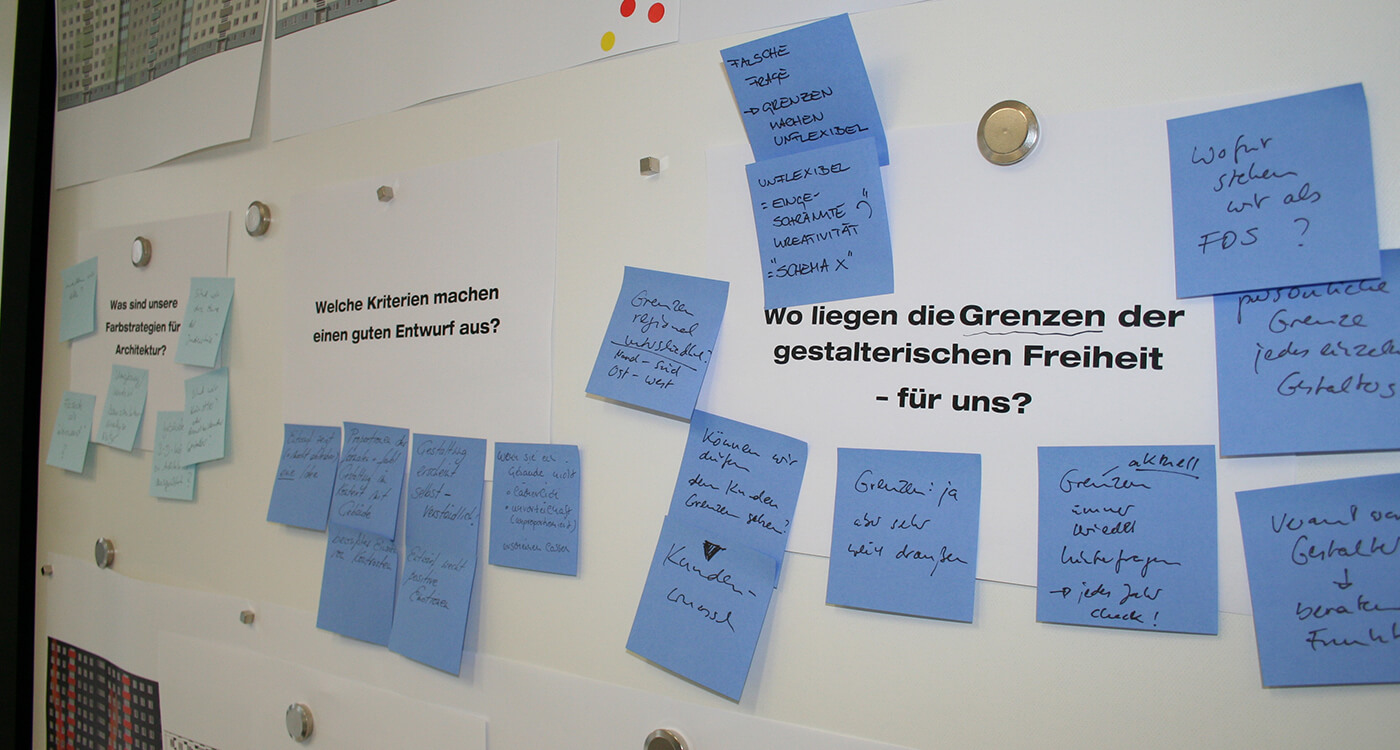
A question that had to be resolved.
What are our colour strategies for architectural design? Which are the criteria that make a good design? These important questions arose. Unfortunately, they are not easy to answer. There is no general recipe for colour design, each building must always be considered individually. However, a clearly defined design objective is crucial. If this goal is achieved, then the right path has been chosen.




